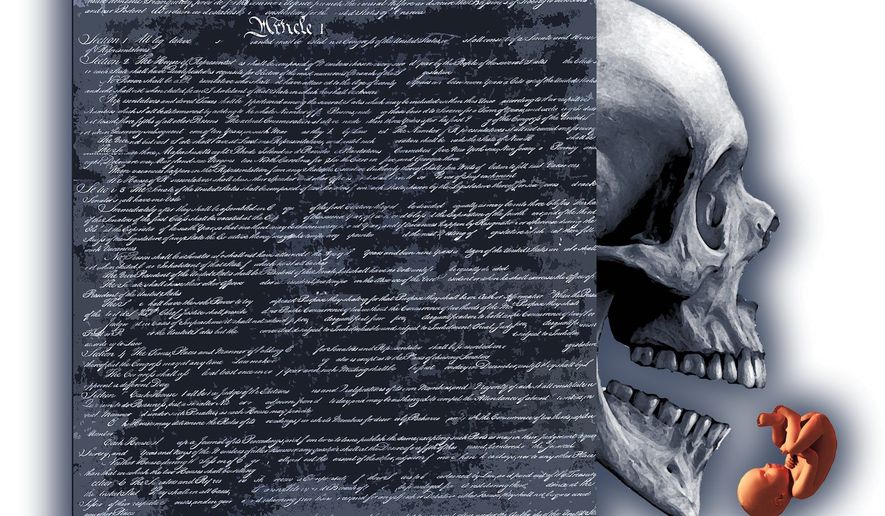By: Robert Knight – washingtontimes.com – January 14, 2018
After Roe v. Wade plaintiff Norma McCorvey became a Christian and revealed that she had not been gang raped as her legal team had claimed, many Americans came to understand that this landmark ruling that legalized abortion was based on a lie.
So was the companion case of Doe v. Bolton. Plaintiff Sandra Cano said her attorneys tricked her into signing a statement seeking an abortion, something she says she did not want. In 2005, she told a congressional hearing, “Doe v. Bolton is based on a lie and deceit. It needs to be retried or overturned.”
But the deceptions didn’t begin with Roe and Doe. The Supreme Court’s creation and abuse of a “right to privacy” not found anywhere in the Constitution was hatched in a series of cases in the mid-1960s and early ‘70s.
Here’s how they pulled it off. In Griswold v. Connecticut (1965), the Court struck down a Connecticut law forbidding contraception sales even to married couples. The justices could have done so on the grounds that it was an anachronistic law that few observed or enforced. Instead, they chose to create a constitutional “right to privacy,” basing it on the sanctity of marriage and grounding it in the heretofore unknown “penumbra” of constitutional rights.
“We deal with a right of privacy older than the Bill of Rights — older than our political parties, older than our school systems,” wrote Justice William O. Douglas in Griswold. “Marriage is a coming together for better or worse, hopefully enduring, and intimate to the degree of being sacred.”
Ironically, the four-time-married Douglas went on to do as much as any justice to demolish protections for life, marriage and decency.
To see more of this article, click read more.
Source: The Supreme Court’s creation of ‘a right to privacy’ ruling made things worse – Washington Times
 Listen Online
Listen Online Watch Online
Watch Online Find a Station in Your Area
Find a Station in Your Area







 Listen Now
Listen Now Watch Online
Watch Online
